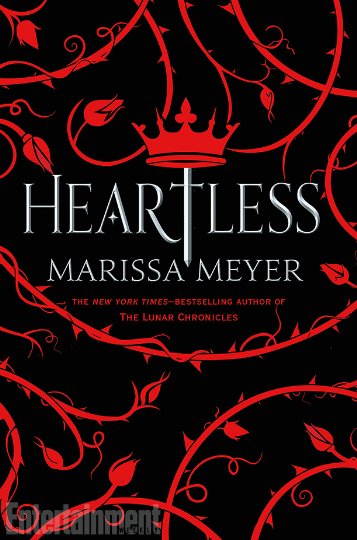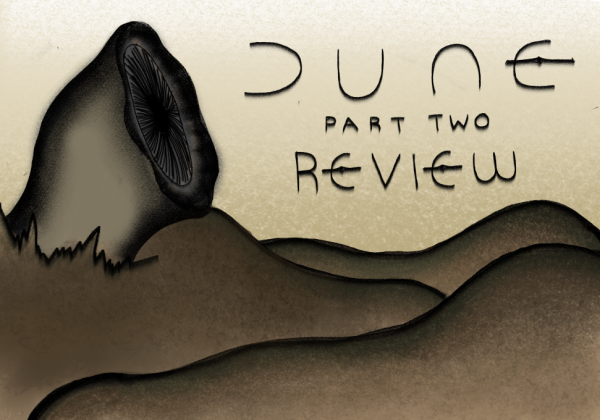Meyer’s ‘Heartless’ Fills Readers With Wonder

With the release of Marissa Meyer’s newest book, Heartless, on Tuesday, Nov. 8, Meyer stayed comfortably within fairy tale retellings — her zone of past success included the bestseller Cinder — but also branched off by venturing into writing more origin stories like her previous Fairest.
Heartless delves into the world of pre-Alice Alice in Wonderland to tell the story of Catherine, the future Queen of Hearts. In the gender-restrictive society of the Kingdom of Hearts, similar to Victorian England, Catherine dreams of becoming a baker along with her maid and best friend, Mary Ann, but is instead forced into her parents’ desires for her to accept the childlike and awkward King of Hearts’ affections. Her troubles further complicate with the introduction of Jest, the charming new court joker, and the resume of the Jabberwock’s attacks.
Meyer manages to write a gripping novel despite the well-known ending to the Queen of Heart’s story. The book begins somewhat slowly, with an overused, which-boy-do-I-pick plotline, and ends predictably. However, Meyer, knowing that her readers will likely guess path to the conclusion anyways, gives the ending away through the prophecies of three of her characters, the Elsie, Lacie, and Tllie. She instead chooses to place her plot twists in the middle of the story, and as a result, her 464 pages of otherwise-predictable plot become highly engaging as the reader enjoys surprises in the storyline, relatable characters, and clever references and wordplay.
Heartless is very clearly well thought out in terms of characters. Meyer incorporates some virtually unchanged characters, such as the Cheshire Cat, but also places unique twists on others such as the Mad Hatter, the Cook, and the Mock Turtle. She also weaves the Raven, from Edgar Allen Poe’s famous poem, into her story, with witty re-wordings of rhyming poem lines and occasional exclamations of “nevermore.” The main characters, however, like Catherine, Jest, and Mary Ann, seem like the standard heroine, charming rake, and concerned best friend respectively. Despite this, the characters are still relatable and enhance the story with their witty dialogue and touching relationships. Even without being familiar with Alice in Wonderland, readers are charmed by Meyer’s quirky variations on Lewis Carroll’s already strange characters.
The ending of the book was also refreshing in that despite somewhat reasonable choices along her journey, Catherine still develops into a terrifying villain by the last few chapters. During the middle of the book, I personally looked forward to some of the other options the plot could have taken, such as continuing the journey into Chess, an alternate world. However, I still enjoyed the direction of the plot, especially the unexpected discovery of the mystery behind the cause of the Jabberwock’s symptoms, even if I was disappointed by Catherine’s deus ex machina discovery of the Vorpal Sword. Additionally, the somewhat circular ending of the book was reminiscent of the beginning scene of the sprouting of the lemon tree also highlights that while Catherine’s conditions remain largely the same as in the beginning, her character is so much different.
At the moment, Meyer intends Heartless to be a stand-alone novel, unlike The Lunar Chronicles. However, I would still recommend the book to both fans of Cinder and to readers new to Meyer for a refreshing variation from the happy-ending series so typical of the YA world.

Aside from being a student, I dance and play piano. I’m invested in the arts, but also enjoy science, math, and logic. In my free time, I also obsessively...





